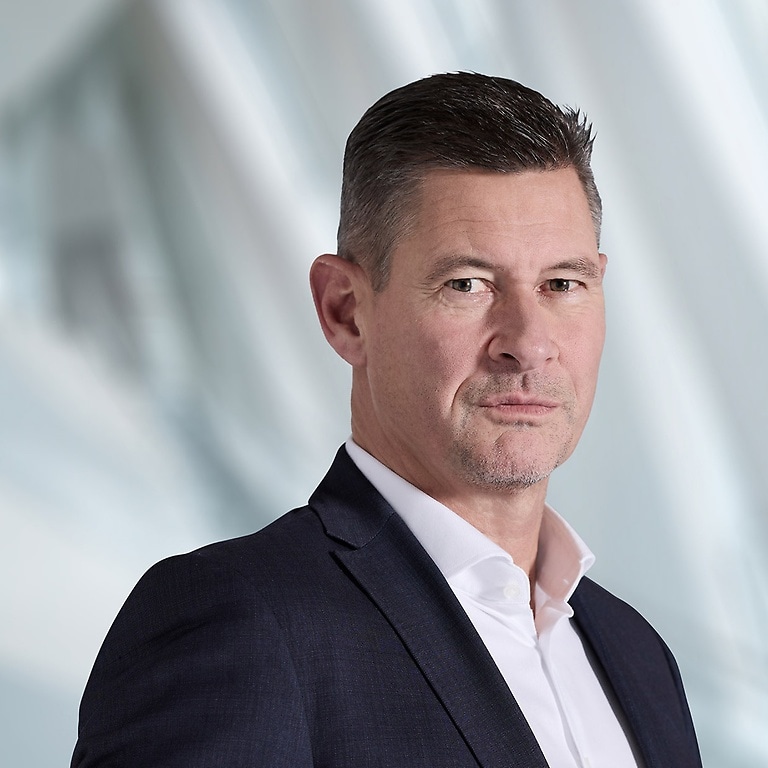Mercedes-Benz Cars sales amounted to 530,400 vehicles in the third quarter (Q3 2021: 383,500). Revenue increased by 26% due to strong model mix and pricing, improving the adjusted EBIT by 106%. The adjusted Return on Sales rose to 14.5%.
Sales in the Top-End Luxury segment made up 15% of overall sales in the third quarter, slightly above the prior-year’s level of 78,800 units (+5%). S-Class sales in Q3 were up in all regions except the U.S., where a temporary internal model year certification delay held up deliveries. At AMG, a sales increase (14.5%) was achieved despite a model changeover for the C-Class variant. Sales of Core Luxury vehicles rose by 100,000 units to 293,300 vehicles (Q3 2021: 193,300). The Core Luxury segment includes the EQE, the C-Class and E-Class, as well as the best-selling GLC, which saw a successor vehicle launched in the third quarter with enhanced product substance. The EQE saw 6,000 sales during the quarter, matching the EQS. Electric vehicles had healthy margin quality, including for the EQA and EQB models.
,xPosition=0,yPosition=0.5)

,xPosition=0.5,yPosition=0)
,xPosition=0.5,yPosition=0)